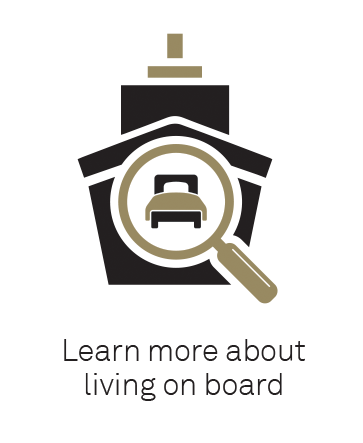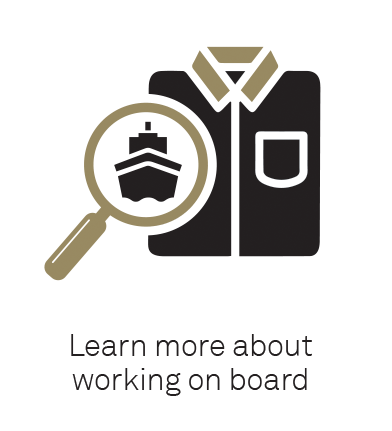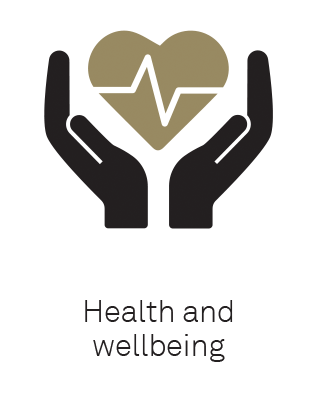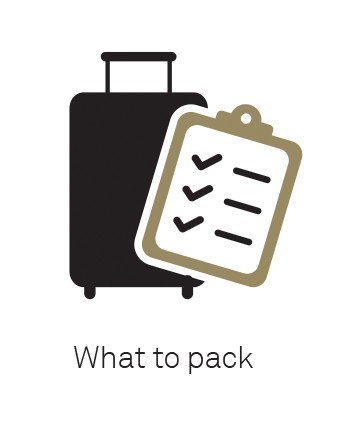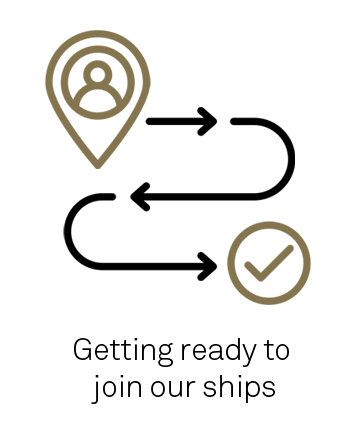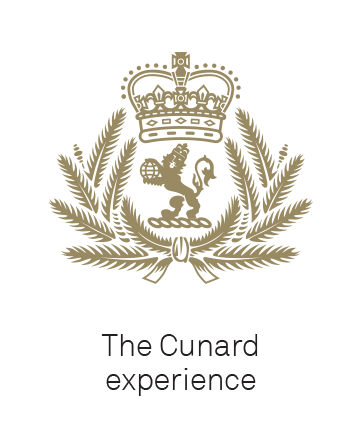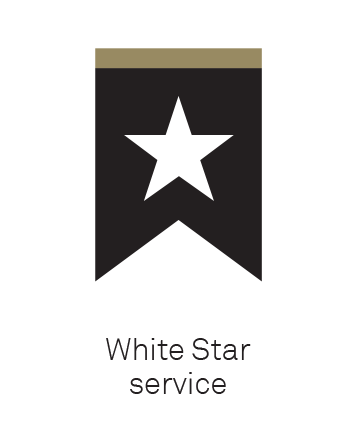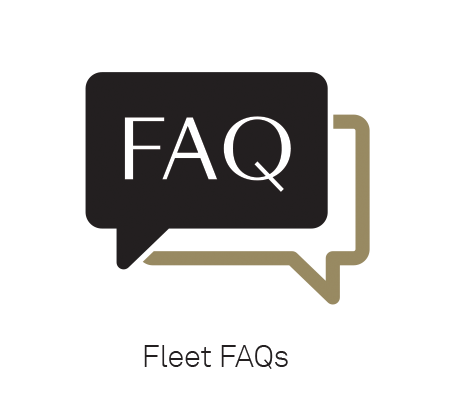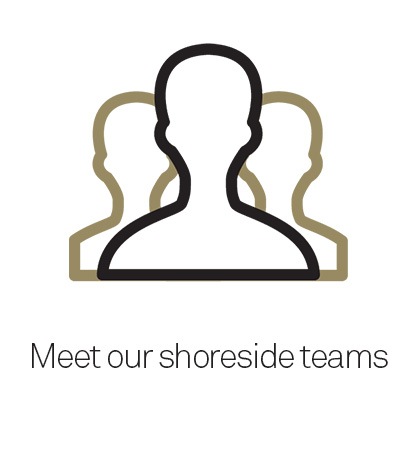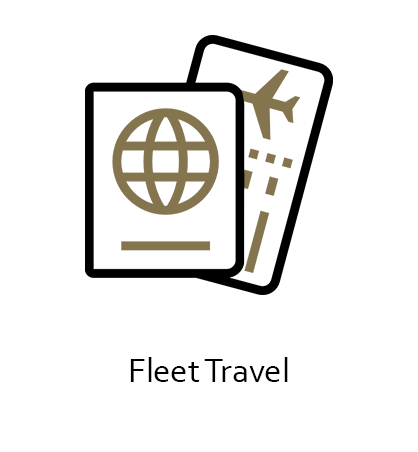
From travelling the world and making lifelong friends, to enjoying events, activities and exclusive facilities that make your ship a home from home, we’ll support you to settle in to your career at sea.
Watch the video to learn more about what happens when you first join our ships
Settling in to life at sea
During your first few weeks you’ll complete a number of induction sessions, new to sea training to help you settle in, training that’s relevant to your role and White Star Service training, alongside learning about your safety and emergency duties. Your colleagues, line manager and Learning and Development Officer will support you with your training programme and to settle in.
It may take time to find your way around the ship so enjoy exploring and ask for directions if you can’t find where you need to go. Join in social events and explore ashore if you’re able to when in port.
There’s lots to do and lots to learn in the first few weeks so you’ll need to rest and recover when you’re able. As you make new friendships, ask questions and seek support from experienced colleagues – everyone on board was new to sea once and has experienced the first few weeks; it’s all part of starting at career sea.
Living and working on board a ship may seem daunting at first but once you’ve learnt about the way things work, you’ll soon feel settled and enjoy being part of the Cunard team.

Learning and development
We recognise, reward and support talent, so you’ll have the opportunity to progress your career with development programmes and role-specific training.
During your first few weeks you’ll need to complete a number of tasks on GLADIS – this is an online training portal where colleagues complete regular e-learning. It’s free and easy to access from personal devices or one of the ship’s learning and development tablets.
Ship speak
When you join your ship you’ll hear people use nautical words that are unique to working at sea. They are often the same across all ships, but there’s some that can be unique to a particular ship. Here’s a list of key nautical words that we use.
- ABOARD: On the ship. Opposite of ashore
- AFT: The rear area of the ship
- AOB: All aboard time – when everyone should be back on board
- ASHORE: On shore. Opposite of aboard
- BOW: The very front of the ship
- BRIDGE: Navigational, command and control centre of the ship
- BULKHEAD: A dividing wall or barrier between separate compartments inside a ship
- BURMA ROAD: The main crew corridor that runs from the front (forward) to the back (aft) of the ship
- CABIN: Bedroom on a ship
- CINTRA IQ: Online platform to view payslips
- CRUISE–BY: Where the ship doesn’t dock at the port, but sails past beautiful scenery
- DECK: Floor of the ship
- DISEMBARKATION: The process of people getting off the ship
- DOCK: The area of water taken by a vessel when tied to a man-made structure
- DOCKING: When the ship arrives into a dock, and lowers a walkway so people can walk directly off the ship and into the port of call
- ECR: Engine Control Room
- EMBARKATION: The process of people getting on the ship
- ERP: Emergency Response Plan
- FORWARD: The front of the ship
- GALLEY: The kitchen
- GANGWAY: Opening at the side of a ship through which it is boarded
- GLADIS: Online training portal
- HESS: Health, Environment, Safety and Security
- IPAM: In Port at Anchor Manning
- KIOSK: To top up your onboard account to buy things on the ship
- LIFEBOAT: Emergency means of evacuation from the ship
- MES: Marine Evacuation System
- MESS: Where colleagues eat all meals
- MID AFT: The area between the rear and the centre of the ship
- MID FORWARD: The area between the front and the centre of the ship
- MIDSHIP: The middle area of the ship
- PORT: The left side of the ship, when facing forwards
- RECYCLING CENTRE: Where you’ll sort your personal garbage
- RIG OF THE DAY: Your uniform of the day
- SMT: Senior Management Team
- STARBOARD: The right side of the ship, when facing forwards
- STERN: The very back of the ship
- SWC: Seafarers Welfare Committee
- TAA: Time and Attendance; you’ll clock in and out of each shift
- TENDER: A small boat that’s used to transport people between the cruise ship and the port when the ship itself is unable to dock

